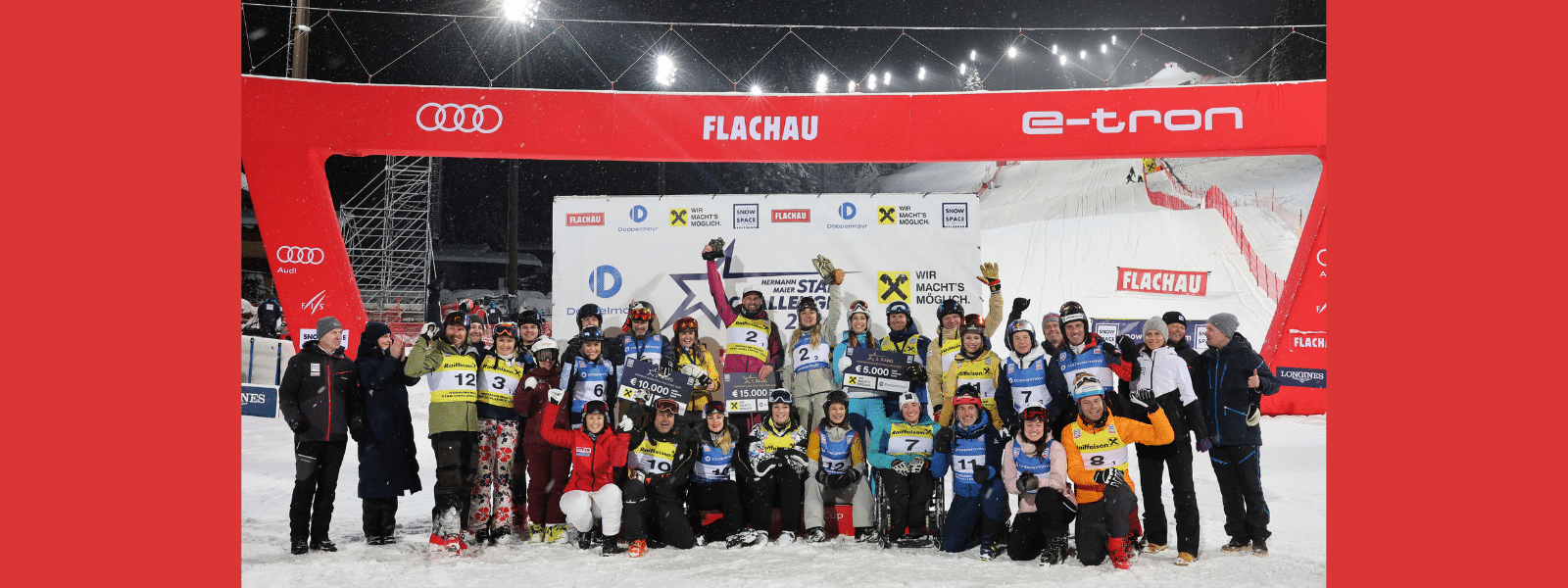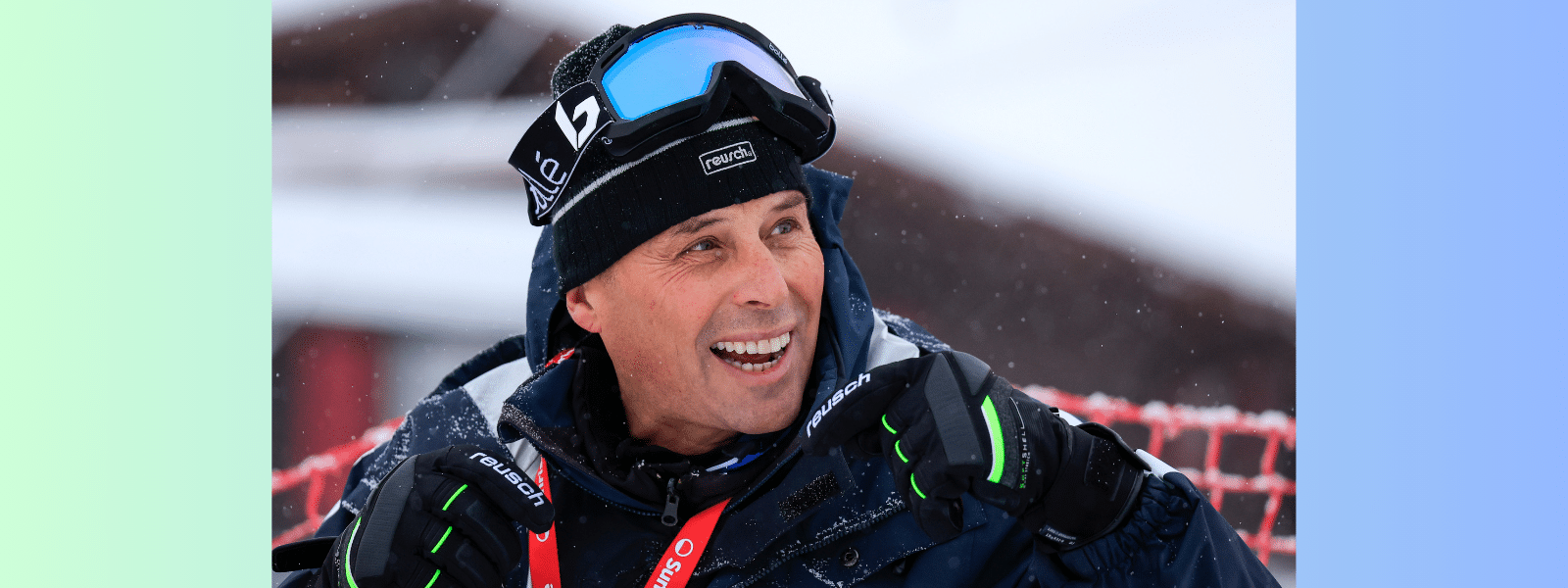The Academy Question
As the racing season quickly approaches, the disparity amongst junior racers is, perhaps, the highest it will be all winter. Some have had a full summer and fall of on-snow training and dryland conditioning, while others – who are also pursuing the sport at the highest level for their age classes – may have gotten on snow for week this summer before playing soccer all fall. The latter group usually spends all of December getting up to speed. If you are in that group, or your child is, this time of year can be especially disheartening. It might make you contemplate whether or not you should enroll full-time at a ski academy. While the choice may be obvious for some, particularly those who live far from a strong ski program, it is typically a tough decision with many factors to consider.
The Pros
On the plus side, ski academies offer an aggregation of precious resources: talented peers; full-time, highly experienced coaches; dryland and on-snow training facilities; supportive and innovative teachers; comprehensive and integrated athletic and academic programs. Academic schedules built around training allow for more time on snow, while smaller classes offer a high degree of focus and flexibility. Like-minded, competitive kids push each other to a higher level.
The Cons
At upwards of $50,000 per year, before adding in the additional costs of camps and equipment, ski academies are expensive. Academic and off-season sports offerings are often more limited than at traditional high schools. Attending an academy might require that you move away from your family, friends and your home coaches. An atmosphere of all ski racing all the time can also lead to burnout.
“This can be tough in the current culture of youth sports, where the emphasis on early selection and achievement often sabotages long-term athletic development.”
That’s an extremely condensed list of pros and cons, but they’re all worthy. When deciding on the right path, and when to commit to it, it’s important to keep some perspective. This can be tough in the current culture of youth sports, where the emphasis on early selection and achievement often sabotages long-term athletic development.
In reality, as Ski and Snowboard Club Vail Head U14 Coach Terry Delliquadri puts it, “At the younger ages no results actually mean anything. What is more important than anything is skill acquisition, time on snow and building athleticism. Race participation is just to learn how to compete.” So, if you want to be at the top of your 14-year-old game in December, then you need to have a lot of miles on snow by then. But, will being at the top of your game in December at age 14 make you a better skier by the time you are 17? Or even by March? It remains an open and individualized question, but suffice it to say, specialization and year-round, sport-specific training is not vital before high school.
What You Really Need
Rankings and standings start to actually count at the FIS level. Once skills and athleticism are in place, to maximize your chances for success at the FIS level you need to be race ready by early December. To do that you need quality days on snow in summer and fall, consistent quality coaching, and high-level peers. If college is in your future, then you also need to maintain high academic standards. To bring all of these elements together, ski academies offer an appealing, highly competitive one-stop shop. This is especially true in the Northeastern U.S., where the SRPSF (ski racers per square foot) is high and the travel distances low, making it relatively easy to get top skiers together on a regular basis.
When a Full-Time Academy is not an Option
There may be many reasons — cost, geography, academics, goals, other sports and interests — that make a ski academy not possible or even inappropriate for a skier. If this is the case, and your home program isn’t enough for you, there are some other options.
If you are not part of an academy, you can explore the possibility of latching on to an academy or a larger program for some training opportunities. In some cases, a ski academy is not an all or nothing proposition. The winter tutorial program at Mount Mansfield Winter Academy made it possible for Ryan Cochran-Siegle to finish his high school baseball career while competing as a member of the U.S. Ski Team development squad. Programs like Ford Sayre Academy are essentially ski programs aligned with local public high schools to arrange early release for daily afternoon training. Many kids opt for a post-graduate (PG) year at an academy to focus entirely on ski racing and improve their chances of ski racing in college or beyond.
The Western Model
In the West, where academies, programs and competitions are farther away from each other, the Western Region has historically provided a strong, well-coordinated structure of camps to bring club athletes of similar needs and abilities together. The added travel doesn’t necessarily mean sacrificing academics. Squaw Valley weekend warriors Foreste Peterson and Keith Moffatt both attended their home Bay Area school — Berkeley High — and made it to the U.S. Ski Team and Dartmouth. East and West, virtual learning, either in an entirely online curriculum like VLACS or in the hybridized online/classroom model like the newly launched Picabo Street Academy offer yet more options.
If you’re lucky enough to live close to a strong ski program at a big mountain but still want to have a normal high school experience, Jared Goldberg is an example of how to get it done. Now in his seventh year on the U.S. Ski Team, Goldberg attended Skyline High School in Salt Lake City, Utah, while skiing for Snowbird. “I graduated on time and it was no problem,” says Goldberg. “Being a normal kid, and going to school where nobody knew about my ski racing helped keep my head on straight,” he says. The key to success was proactive communication with his teachers. “I told them I wanted to go to the Olympics and this was what I had to do to get there. They said, ‘I’m in!’” After graduation, Goldberg took a PG year with Team Flow to get his points down, then indeed went on to the national team and the Olympics.
The Bottom Line
Is a ski academy right for you? The decision depends on many things, including personality. Some kids will thrive in a highly competitive, narrowly focused environment. Others are inspired by a more well-rounded academic, social or athletic experience. Regardless of what route you choose, one piece of advice will never change: Use your time in middle school to build the strongest academic platform you can, because good time management and self-direction are essential skills necessary to thrive as a ski racer.
Correction: The athlete originally identified who played baseball through high school was mislabeled as Jimmy Cochran when it was actually his cousin, Ryan Cochran-Siegle.























